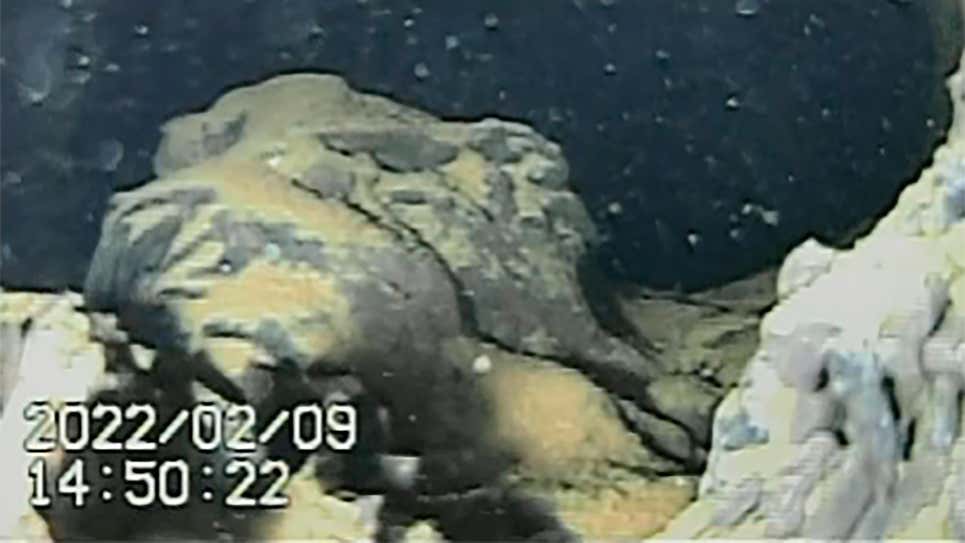A remote-controlled robot from Tokyo Electric Power Company (TEPCO), collected these disturbing images last week, such as back the Associated Press. The apparent piles of melted nuclear fuel were discovered in Reactor 1, one of three Fukushima reactors that melted following the 2011 earthquake and tsunami.
The fact that these clumps are molten nuclear fuel is virtually certain, but further studies will be needed to narrow down their extent and confirm their exact location.
How much molten nuclear fuel is there down there?
The meltdown of the three reactor cores occurred following a huge earthquake and tsunami, the latter of which damaged the nuclear power plant's cooling systems. AP reports that 900 tons of molten nuclear fuel would remain in the damaged reactors: of these, over 280 tons in reactor 1.
It won't be easy to get rid of this garbage. TEPCO aims to remove it all by 2060, but the lack of a clear strategy and solid plan for removing nuclear fuel and other waste has already slipped this forecast, and makes it an empty promise at best. The question also remains of what to do with the huge amounts of radioactive water that prevents damaged nuclei from melting further: Japan he's dumping them in the ocean despite the protests.
Understanding the disaster (to prevent new ones)

Before TEPCO can take care of removing molten nuclear fuel, however, it needs to know where the toxic substances are located within the plant. This is also a process that will take years.
in 2017 a first exploratory robot was sent into reactor 2, but it got stuck in the damaged structure and eventually succumbed to the intense radiation inside. Another robot, also in 2017, transmitted images of suspected melted nuclear fuel from Reactor 3. in 2019, another robot collected several grains of radioactive debris inside Reactor 2, demonstrating that it is possible to move molten fuel remotely. Finally, last Tuesday yet another remote-controlled robot collected images of reactor 1.
The TEPCO robot has been venturing into unseen places for over a decade, for the sole purpose of plotting a path for future probes. In addition to nuclear fuel, the robot was able to "see" other submerged structures, pipes and various debris. Among the things observed, AP reports, the depth of the cooling water in reactor 1: in some places it would be about 2 meters (6,5 feet).à
What are the next steps?
In the long term, TEPCO believes the probe data will be used to calculate the amount of molten fuel in the piles. It will then be possible to create 3D maps of the interior, analyze isotopes and collect samples of nuclear fuel. This information will help future cleanup efforts until the plant is finally decommissioned, perhaps in 50 years, perhaps a little less. Many other robots are expected in the coming months, some will even try to move the first debris to test this possibility.
After the first studies that in 2017 they talked about all in all small amounts of radiation produced, the horror show that is the Fukushima nuclear disaster continues, affecting surrounding areas and the ocean.
This form of energy is certainly much cleaner than fossil energy. With the new generations of systemsThen, things should improve further, but without adequate planning and protection the potential for disaster is enormous.


